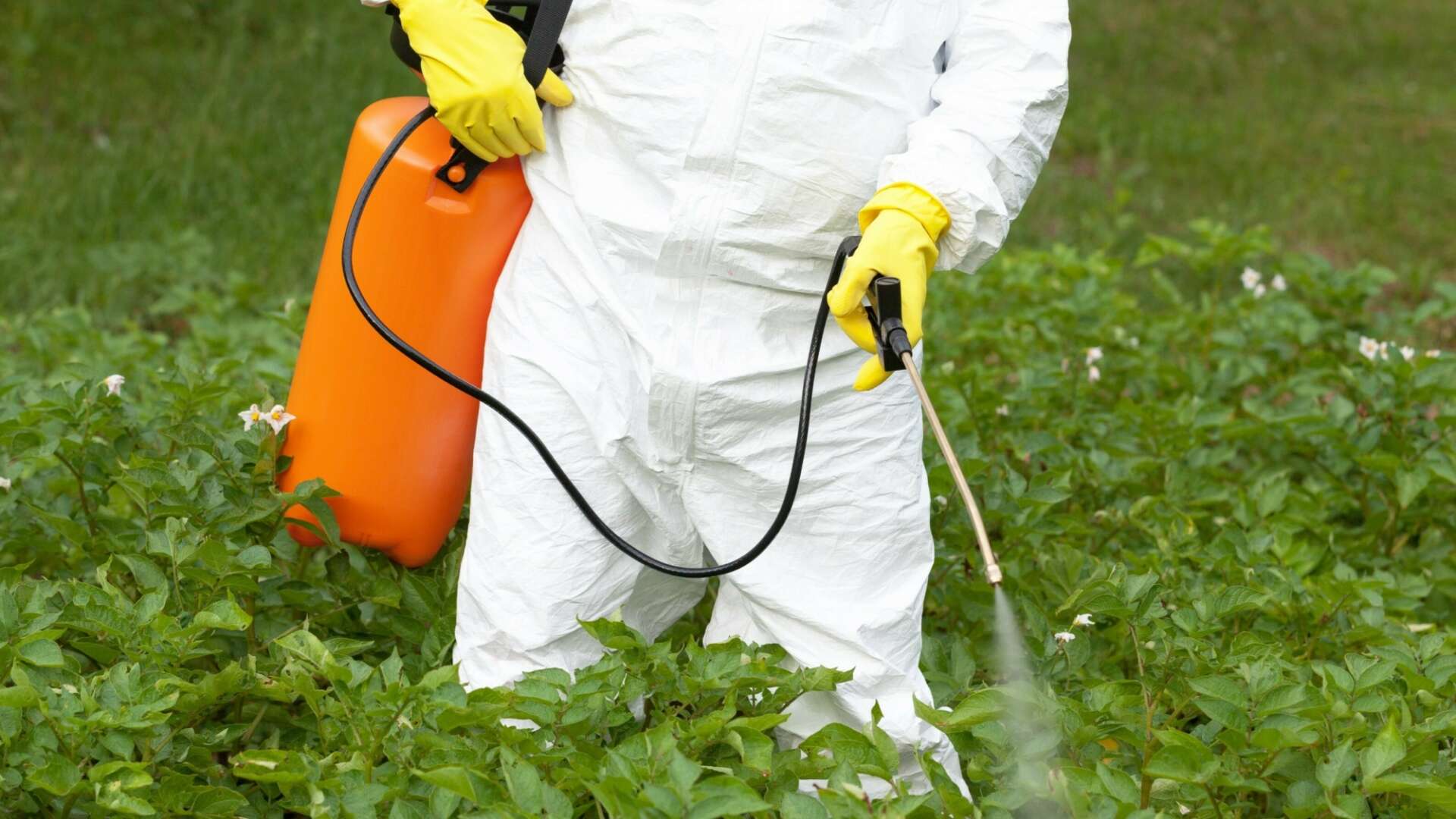New Study Shows Sequence of Exposure to Pesticides Affects Toxicity

Until now, regulators and the chemical industry have tested just the one dose for its toxicity. But researchers at York University have shown that the chemicals in different pesticides, which are delivered in sequence with each other, cause a build up of damage. Even if exposure is days apart. Crucially, this shows that current chemical risk assessment guidelines could severely underestimate the risks associated with differing exposure sequences.
The build up of toxicity is due to the fact that some chemicals cause lingering damage to organisms’ systems, causing a slow recovery time. This results in ‘carry over toxicity’ which then compounds the effects of a second pollutant.
Researchers exposed freshwater shrimp (Gammarus pulex) to different toxicants, and it was found that more damage was caused when pollutants producing a slow recovery time were dispensed first, followed by chemicals that organisms recover quickly from. Even when toxicant exposure was days apart, and the toxicants dispensed were for different actions (i.e. different pesticides for different targets). They found that shrimp mortality exceeded predicted expectations. The full paper is here
Of the four chemicals tested, Diazinon is used extensively as a pesticide in agriculture (despite being banned for domestic use) and Propiconazole, which is a commonly used fungicide. It is not uncommon for farmers to spray or treat crops with different chemicals according to the pest or diseases they want to attack.
Dr Roman Ashauer, Senior Lecturer in York’s Environment Department and lead author of the study, said: “This research proves for the first time that toxicants interact, even if exposure is days apart and the toxicants have a different chemical make-up, resulting in a build-up of toxicodynamic damage in organisms.
“The sequence effect and carry-over toxicity is currently not considered in environmental risk assessment, so this has wide-reaching implications. Guidelines for allowing chemicals such as pesticides to go on the market must be revised to look at mixtures over time, e.g. different sequences of pesticides.
“We have developed a successful model for predicting the sequence effect of toxicants, and we hope that agencies such as the European Food Safety Authority look closely at this to inform their work. Exposure to multiple toxicants, in highly variable sequences, is a real-life scenario for humans as well as all other organisms, so it is vital that we pay attention to possible detrimental health effects.”
Growing organically, without the use of toxic pesticides, has never been more important or more relevant.